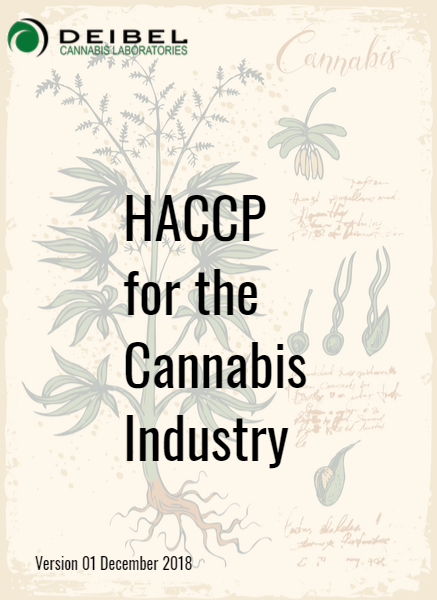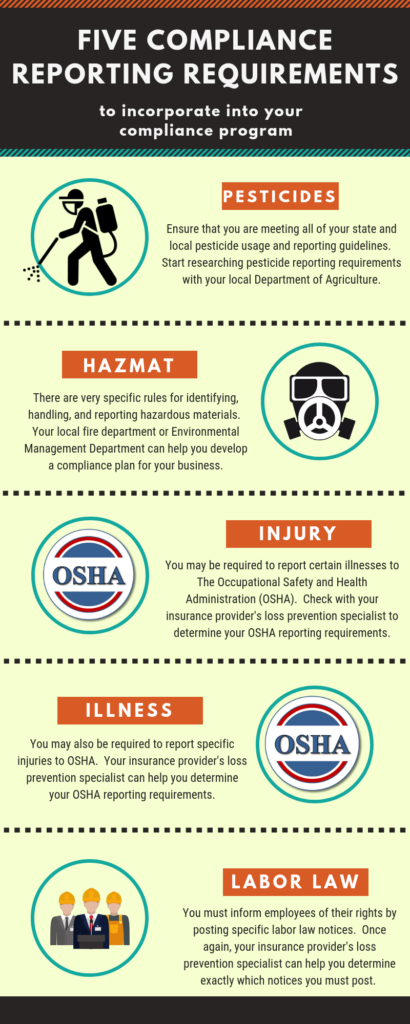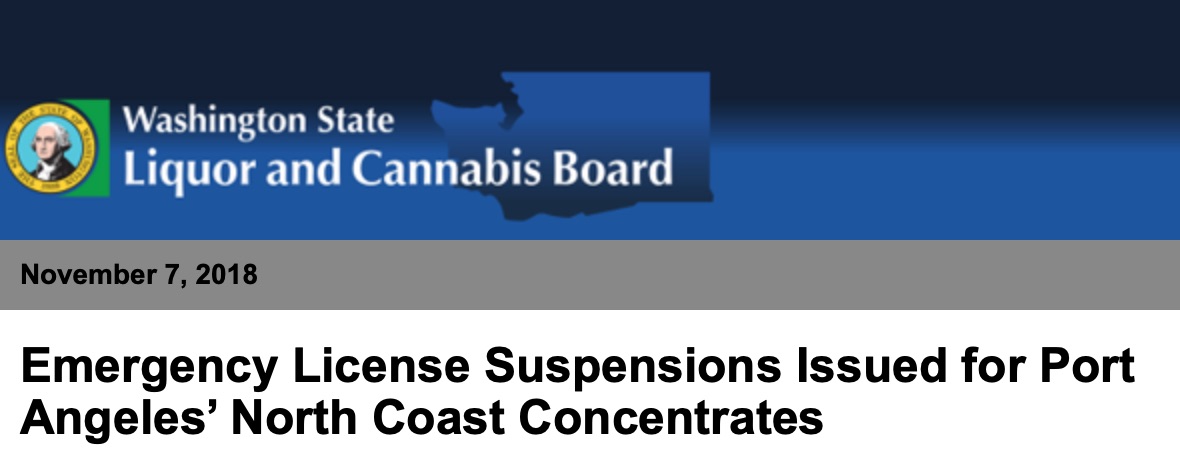The race is on for drinkable cannabinoids. In mid-December, Tilray announced a $100 million joint venture with Anheuser Busch to research and develop infused non-alcoholic drinks for the Canadian market.
This is the second big beer company to partner with a cannabis industry leader (see Canopy Growth’s partnership with Constellation Brands), who has just invested another $4 billion in the company.
Molson Coors also announced a deal with Hexo in August. On the non-alcoholic side of the ledger, Coca-Cola and Aurora have also had talks, reportedly eyeing the cannabis market.
Short term in other words, a lot of drinkable cannabis is coming to a market near you.
Why Is Drinkable Cannabis So Intriguing?
Cannabinoids themselves, are not water soluble. However, when cannabinoids are subjected to a process called nano emulsion, (emulsified oil, water and molecules), they can be not only added to drinks but potentially represent one of the most cutting edge forms of drug, vitamin, mineral and overall nutrition delivery. Nanoemulsions are approximately the size of viruses, proteins and antibodies with a transparent or semi-translucent appearance. They also tend to increase bioavailability of substances.
In other words, while the focus on the market as it is developing in Canada is “recreational” and “beverage” use, in fact, this technology can be applied to food. It will also be used, obviously on the medical side of the equation too.
Nanotechnology overall is actually a manufacturing technology that works with atoms to change the structure of matter. When it comes to edibles of all kinds (food, drinks and medications) nutrients are absorbed more uniformly and pass through to membranes directly into human cells.
The impact of that technology, mixed with a revolutionary drug, is no longer theoretical.One of the best known uses of nanotechnology in the world is also one of the most common condiments. Mayonnaise for example, is an emulsion of tiny particles where oil and water are mixed together without separating. That said, these days researchers are developing techniques that allow these tiny droplets to be precisely tailored to give them specific tastes and textures.
The technology, in other words, that the cannabis and major drinks manufacturers are now developing, will allow cannabinoids to be used in food, drinks and medications in ways that go far beyond pills and oils.
This is not your grandparent’s beverage, food, drug or alcohol market in other words. This represents another way for the cannabis industry to lead the way on a range of products far from “canna-beer.” Or even THC-infused social lubricants.
The impact of that technology, mixed with a revolutionary drug, is no longer theoretical.
The Cellular Revolution of Cannabinoids Is Now Here
If allowed to efficiently access cells via nanotechnology, no matter how it is consumed, the idea of a cannabis infused food or drink might well become enough not only to “keep the doctor away” but in general revolutionize concepts of nutrition, not to mention medication.
That said, there are still many questions in general that remain about the safety of this kind of technology within the human body. Nanoceuticals can help bypass typical protective barriers of the body and deliver bio-chemicals that the body would not normally encounter. There has not been a lot of study (yet) on their biodegradability or metabolism of nanotechnologies. Namely the human body may not be able to expel them. They are currently unregulated and can be introduced to the market with little or no evidence of safety or efficacy although this is also on the way. There are concerns that this delivery method could literally disrupt DNA.
Cannabinoids themselves appear to be a systemic biological regulator. But the active ingredients used to emulsify the plant may or may not be.
In an industry in other words, which has systematically been ahead of regulatory approval, starting with legalization itself, the future looks not only highly intriguing, but full of major debates about with what and how human beings are nourished, and treated medically.
As usual, in other words, the cannabis industry, is pioneering a truly brave new world.










 What does this mean for the rest of the industry (besides
What does this mean for the rest of the industry (besides 
 Now the question is how do other patients obtain the same? The NHS is in dire straits. Patients must still find a way to import the drug (and pay for it). And with newly imposed ex-im complications coming Britain’s way soon, there is a big question as to where and how exactly, patients are supposed to import (and from where). All looming and unanswered questions at the moment.
Now the question is how do other patients obtain the same? The NHS is in dire straits. Patients must still find a way to import the drug (and pay for it). And with newly imposed ex-im complications coming Britain’s way soon, there is a big question as to where and how exactly, patients are supposed to import (and from where). All looming and unanswered questions at the moment. The licensing process that has
The licensing process that has  Italy is also starting to establish a presence in interesting ways as multiple firms begin to establish cultivation there.
Italy is also starting to establish a presence in interesting ways as multiple firms begin to establish cultivation there.

 The California Cannabis Track-and-Trace system (CCTT) gives state officials the ability to supervise and regulate the burgeoning cannabis industry in the golden state.
The California Cannabis Track-and-Trace system (CCTT) gives state officials the ability to supervise and regulate the burgeoning cannabis industry in the golden state.

 According to a release emailed last week, the violation was uncovered during a routine traffic stop. “On September 20, 2018 an employee of North Coast Concentrates was pulled over by Lower Elwha Police, during the course of the traffic stop officers found 112 grams of traceable marijuana concentrates, three large jars and a large tote bin of untraced dried marijuana flower,” reads the release. “The products were not manifested in the state traceability system. Subsequent investigation by WSLCB officers revealed that the untraced product had been removed from the licensees grow operation and that the traced concentrates were returned from a marijuana retailer in Tacoma several weeks earlier.”
According to a release emailed last week, the violation was uncovered during a routine traffic stop. “On September 20, 2018 an employee of North Coast Concentrates was pulled over by Lower Elwha Police, during the course of the traffic stop officers found 112 grams of traceable marijuana concentrates, three large jars and a large tote bin of untraced dried marijuana flower,” reads the release. “The products were not manifested in the state traceability system. Subsequent investigation by WSLCB officers revealed that the untraced product had been removed from the licensees grow operation and that the traced concentrates were returned from a marijuana retailer in Tacoma several weeks earlier.”






